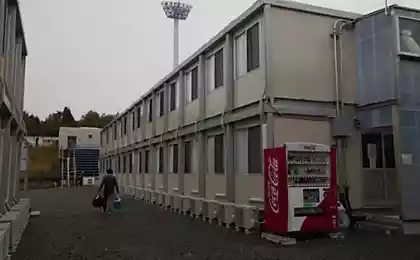2911
Journey to the Russian village in Japan
After the collapse of the Soviet Union and the opening of borders, Japan flooded Russian, both tourists and business travelers ferried old cars. Just a couple of years the number of Russians living near the port cities of the east coast has increased a hundredfold. In this regard, and for the promotion of Russian life in 1993 near the city of Niigata was opened theme park called Russian village, which were built by the church, hotel, museums, restaurants, circus and more. The village existed for 10 years, after which the Bank is financing the project went bankrupt, and with it the village. Currently available on site to inspect what remained, in particular Suzdal Cathedral, Museum of the Trans-stuffed mammoths, books, costumes, cards, photos ... In office buildings are many different techniques - from old computers and color copiers, before reproducing audio studio equipment ...




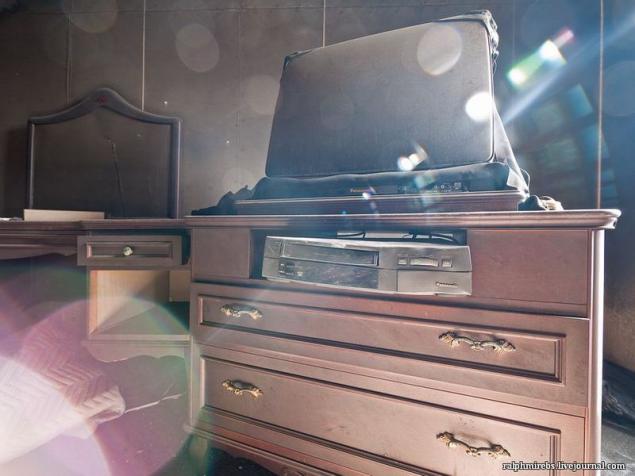
The first floor housed the administrative offices with "potёkshimi" now stands audio broadcasts, computer servers and drawers of various papers, in particular licensed software firm Microsoft. Disks and serial certificates - everything is in place.

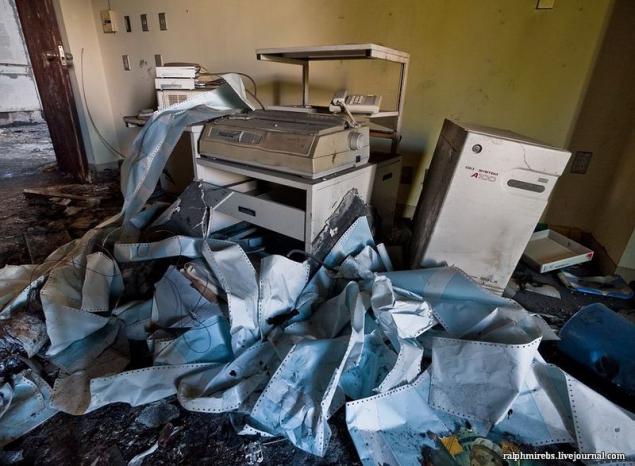



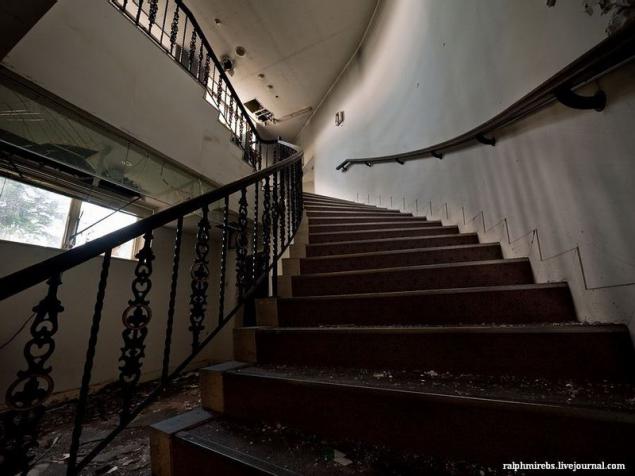
The village is located a few kilometers from the railway, so before to get there by car. Immediately after the car park, eyes the building of the original Suzdal Cathedral, ticket offices and Attached building of the hotel, designed in a classic architectural style.

Peter, along with his horse silently looks at what is happening, and we climbed the stairs to the surviving numbers - like normal luxury and luxury wedding. In a typical suite I had the honor to spend the night before exploring the village and I can confidently say that the room was more than adequate!


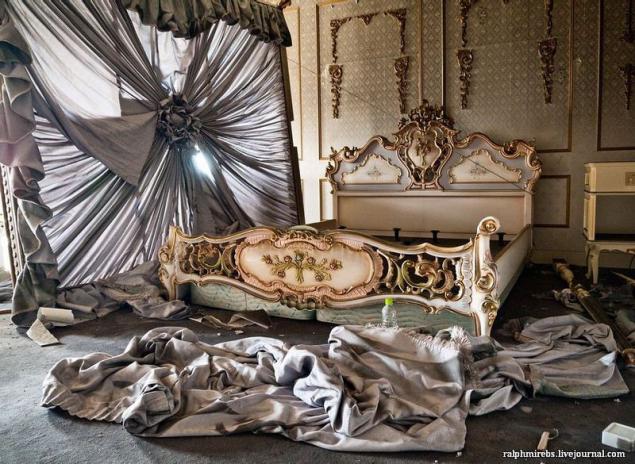




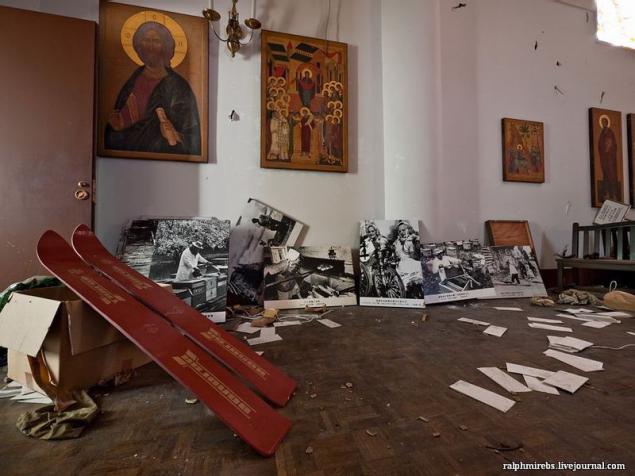

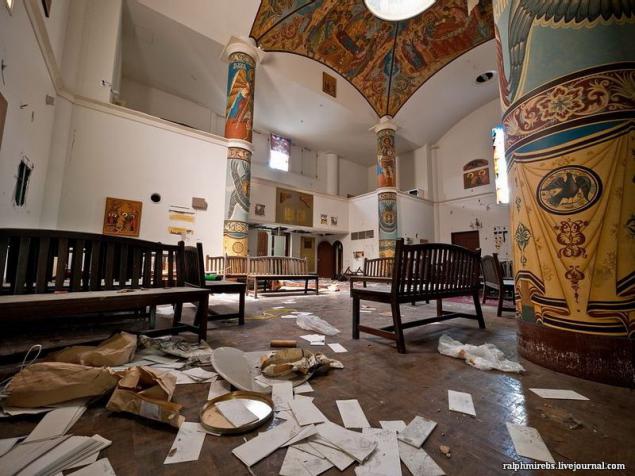
Somewhere nearby there is a restaurant and kitchen, but it's not as exciting as Suzdal Cathedral. Built and painted in 1993, even after about 20 years, he has not lost the brightness of their colors. And even skiing Taiga was not terribly got there, do not spoil the impression.

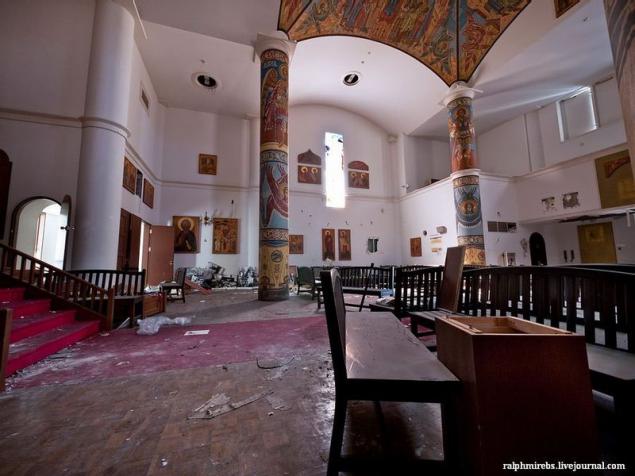
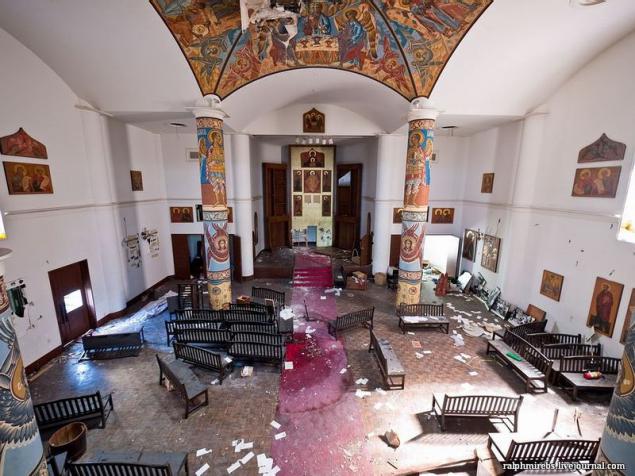


From the cathedral and the hotel is a covered gallery in the entertainment part of the park. Inside the gallery hung with photos of the Russian Chaliapin from the house and to Lake Baikal.
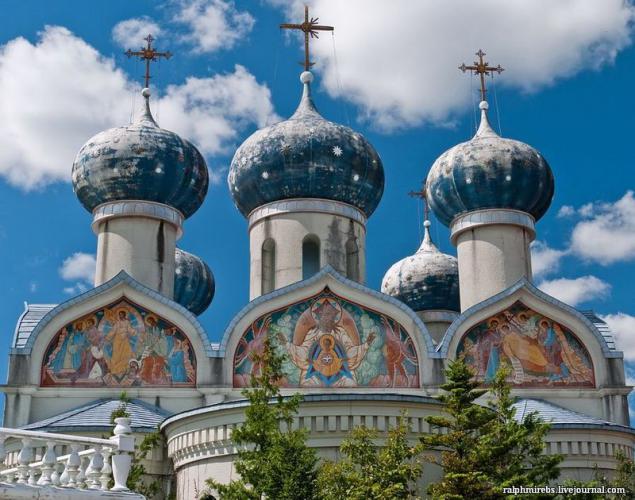
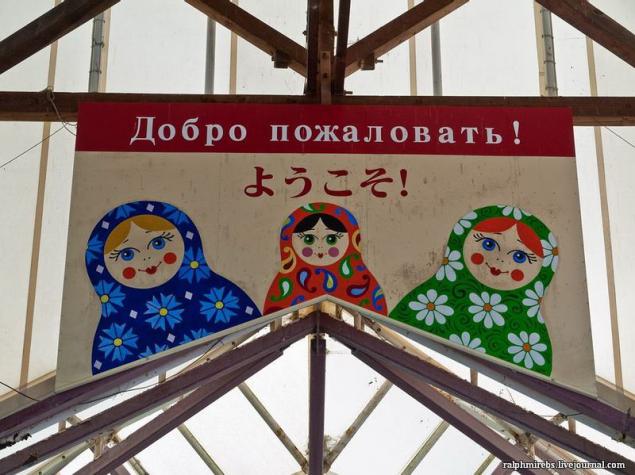


Gallery overlooks the first floor of the museum, where visitors are invited to get acquainted with the geography of Russia, its nature and climate. Maps on the walls, models on the tables - they did not spare the time and vandals, but still have a lot to see.


Leaving the museum, we reach the large square in a circle which are different buildings - a restaurant, Forest Workshop, Theatre Afanasyev and others ...






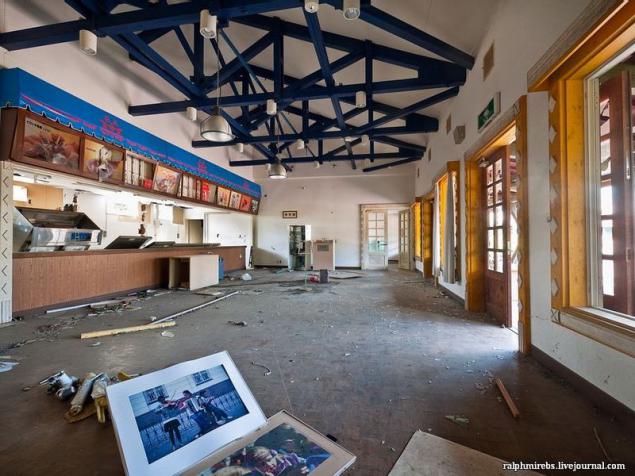

The restaurant has desolation menu gathering dust on the floor in the corner as the last fifteen years the Copts delicious sausages. Judging by the text menu fed well - dumplings, soup, cakes, but the image is very strange dishes.


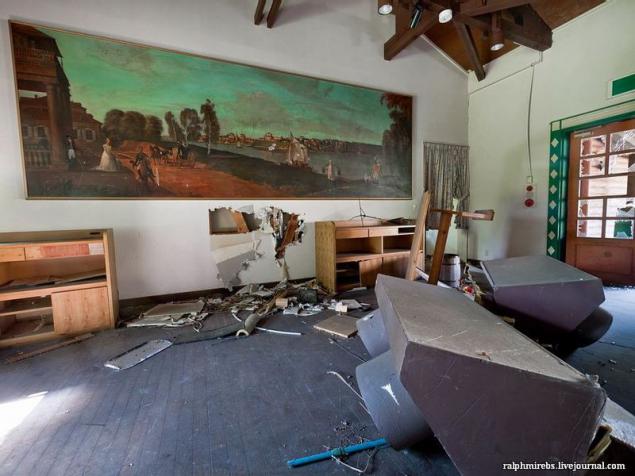


In the theater, the audience is not, they are replaced by a mountain of chairs in front of the stage, so lonely eyes gazing speakers sound equipment.


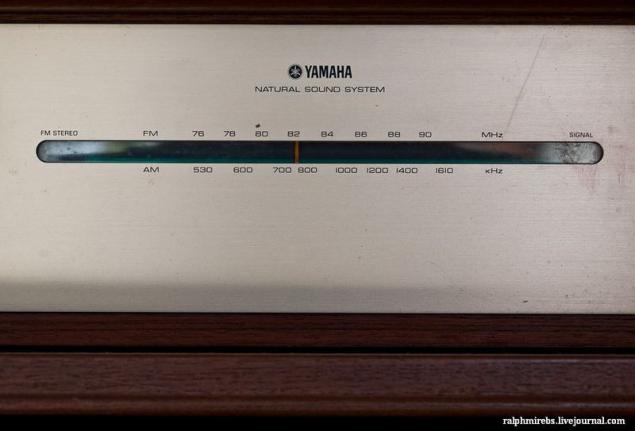
And on the second floor is an office that looks like after a sudden raid. Books, diskettes, photographs scattered mixed with color copiers, laser printers and monitors






The hotel is said to be small, and three years ago, a little burned, set on fire by some hooligans. As a result, the main tower burned and most of the rooms of the right wing, which looks very colorful melted TVs.

In the next room posters and costumes doubtful nationality. Apparently still Russian.


A little to the side, behind the bushes can see an amazing mixture of Orthodox Easter egg and Disneyland, but in fact it is a museum Trans-Siberian Railway - the longest railway in the world. The Japanese, for all their love of trains is still difficult to imagine what it means to go by train week. However, it is not surprising, because theirs Sinskansen went to Moscow to Vladivostok in just a day and a half, not counting the time stops.
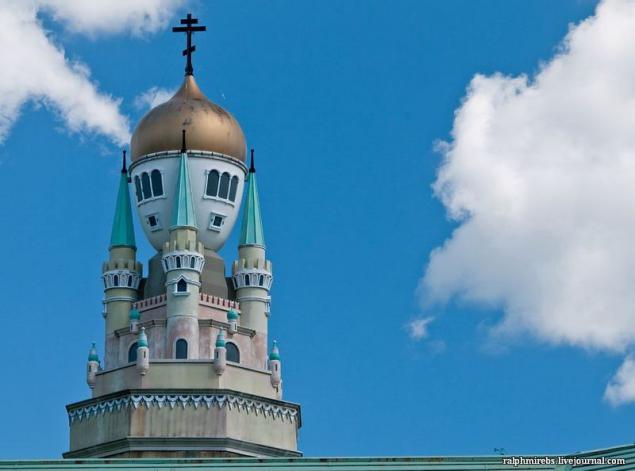

On the walls of the museum are posters describing the seven days' journey, and found cities, stands at the center of the layout of the train. Locomotive is long gone, but remained three cars, that is called "cross-sectional" where you can see the internal structure.


And something would finally destroy the confidence of the Japanese in the impossibility week of life in the car, in the neighboring areas are the most genuine coupe, water boiler and other elements of the interior of the car, not a copy, but very real.



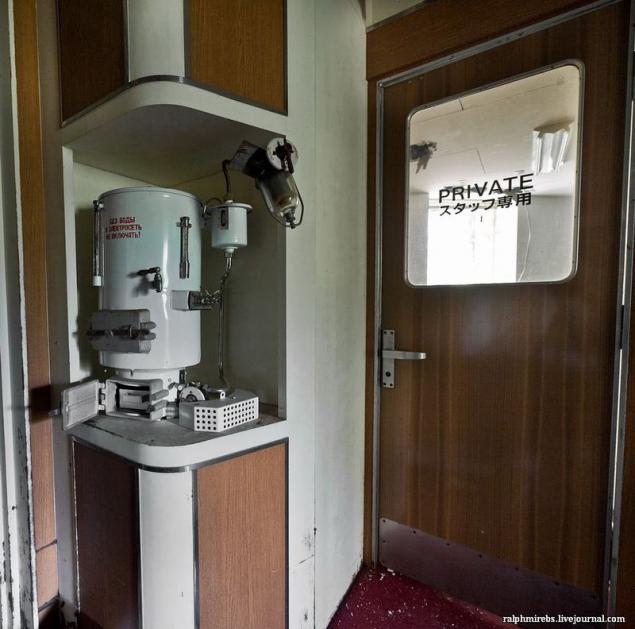

Side of the Trans-Siberian Railway Museum is a small, empty inside, circus and another building, much more interesting. Going into it, we immediately encounter the skeleton of a mammoth - the edges of the ceiling, the skull in the corner.


And hiding behind the wall now adult stuffed mammoth, at 100 percent of the original and a small (two meters at the withers) mamontёnok on which you can climb up and ride.

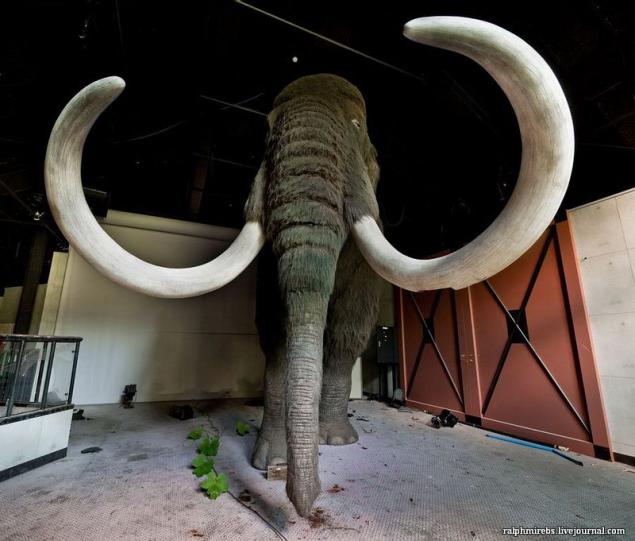
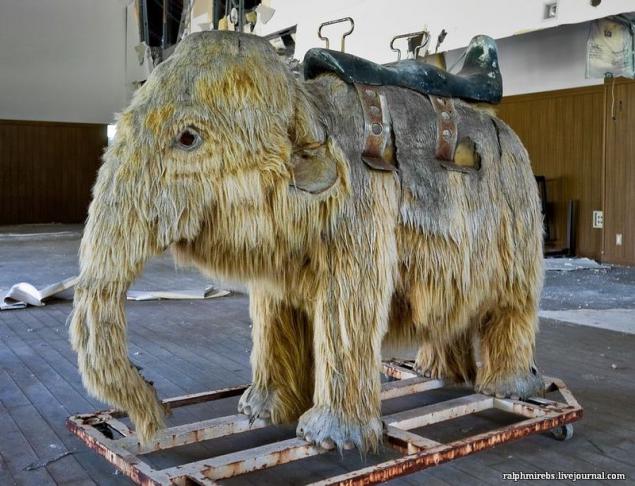
The last building in the village is a remake - there are devices for throwing balls, as it is written for courses, but too big for them.




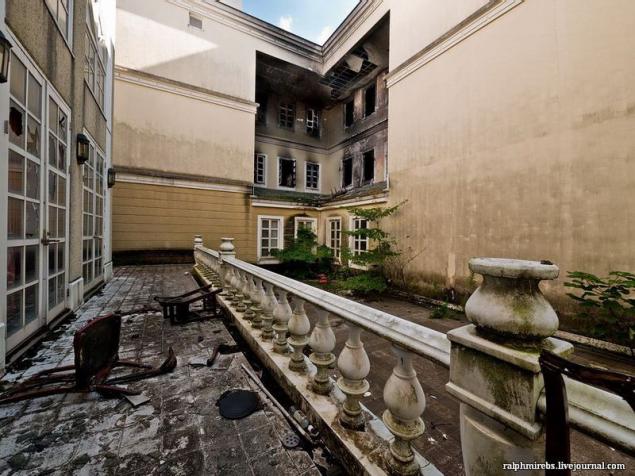
Source: lifeonphoto.com





The first floor housed the administrative offices with "potёkshimi" now stands audio broadcasts, computer servers and drawers of various papers, in particular licensed software firm Microsoft. Disks and serial certificates - everything is in place.






The village is located a few kilometers from the railway, so before to get there by car. Immediately after the car park, eyes the building of the original Suzdal Cathedral, ticket offices and Attached building of the hotel, designed in a classic architectural style.

Peter, along with his horse silently looks at what is happening, and we climbed the stairs to the surviving numbers - like normal luxury and luxury wedding. In a typical suite I had the honor to spend the night before exploring the village and I can confidently say that the room was more than adequate!










Somewhere nearby there is a restaurant and kitchen, but it's not as exciting as Suzdal Cathedral. Built and painted in 1993, even after about 20 years, he has not lost the brightness of their colors. And even skiing Taiga was not terribly got there, do not spoil the impression.





From the cathedral and the hotel is a covered gallery in the entertainment part of the park. Inside the gallery hung with photos of the Russian Chaliapin from the house and to Lake Baikal.




Gallery overlooks the first floor of the museum, where visitors are invited to get acquainted with the geography of Russia, its nature and climate. Maps on the walls, models on the tables - they did not spare the time and vandals, but still have a lot to see.


Leaving the museum, we reach the large square in a circle which are different buildings - a restaurant, Forest Workshop, Theatre Afanasyev and others ...








The restaurant has desolation menu gathering dust on the floor in the corner as the last fifteen years the Copts delicious sausages. Judging by the text menu fed well - dumplings, soup, cakes, but the image is very strange dishes.





In the theater, the audience is not, they are replaced by a mountain of chairs in front of the stage, so lonely eyes gazing speakers sound equipment.



And on the second floor is an office that looks like after a sudden raid. Books, diskettes, photographs scattered mixed with color copiers, laser printers and monitors






The hotel is said to be small, and three years ago, a little burned, set on fire by some hooligans. As a result, the main tower burned and most of the rooms of the right wing, which looks very colorful melted TVs.

In the next room posters and costumes doubtful nationality. Apparently still Russian.


A little to the side, behind the bushes can see an amazing mixture of Orthodox Easter egg and Disneyland, but in fact it is a museum Trans-Siberian Railway - the longest railway in the world. The Japanese, for all their love of trains is still difficult to imagine what it means to go by train week. However, it is not surprising, because theirs Sinskansen went to Moscow to Vladivostok in just a day and a half, not counting the time stops.


On the walls of the museum are posters describing the seven days' journey, and found cities, stands at the center of the layout of the train. Locomotive is long gone, but remained three cars, that is called "cross-sectional" where you can see the internal structure.


And something would finally destroy the confidence of the Japanese in the impossibility week of life in the car, in the neighboring areas are the most genuine coupe, water boiler and other elements of the interior of the car, not a copy, but very real.





Side of the Trans-Siberian Railway Museum is a small, empty inside, circus and another building, much more interesting. Going into it, we immediately encounter the skeleton of a mammoth - the edges of the ceiling, the skull in the corner.


And hiding behind the wall now adult stuffed mammoth, at 100 percent of the original and a small (two meters at the withers) mamontёnok on which you can climb up and ride.



The last building in the village is a remake - there are devices for throwing balls, as it is written for courses, but too big for them.





Source: lifeonphoto.com


